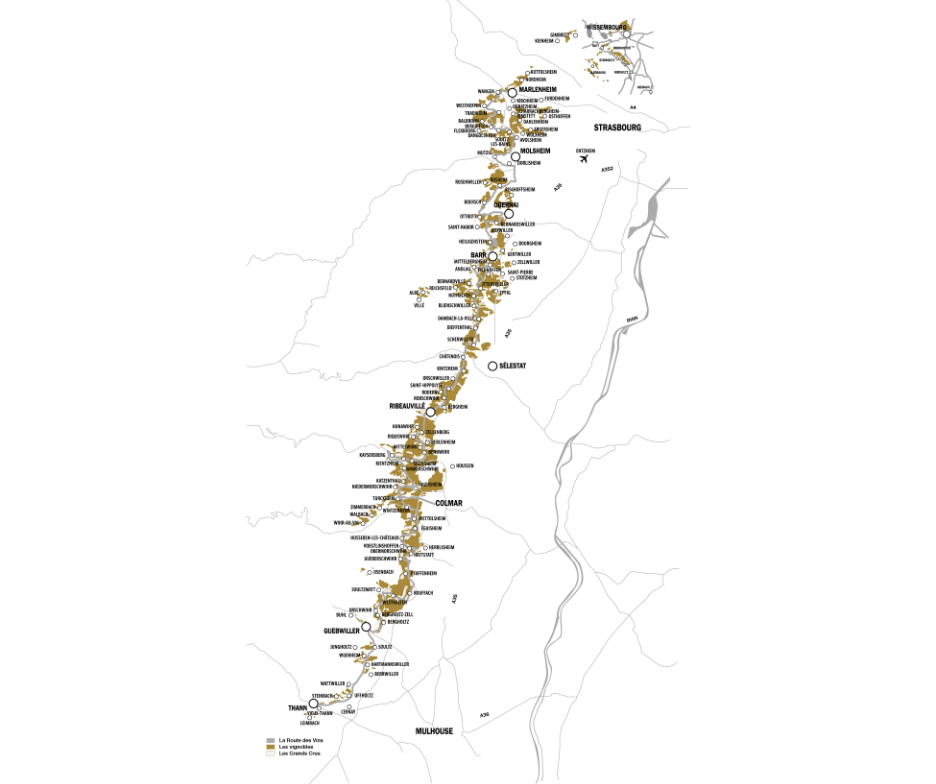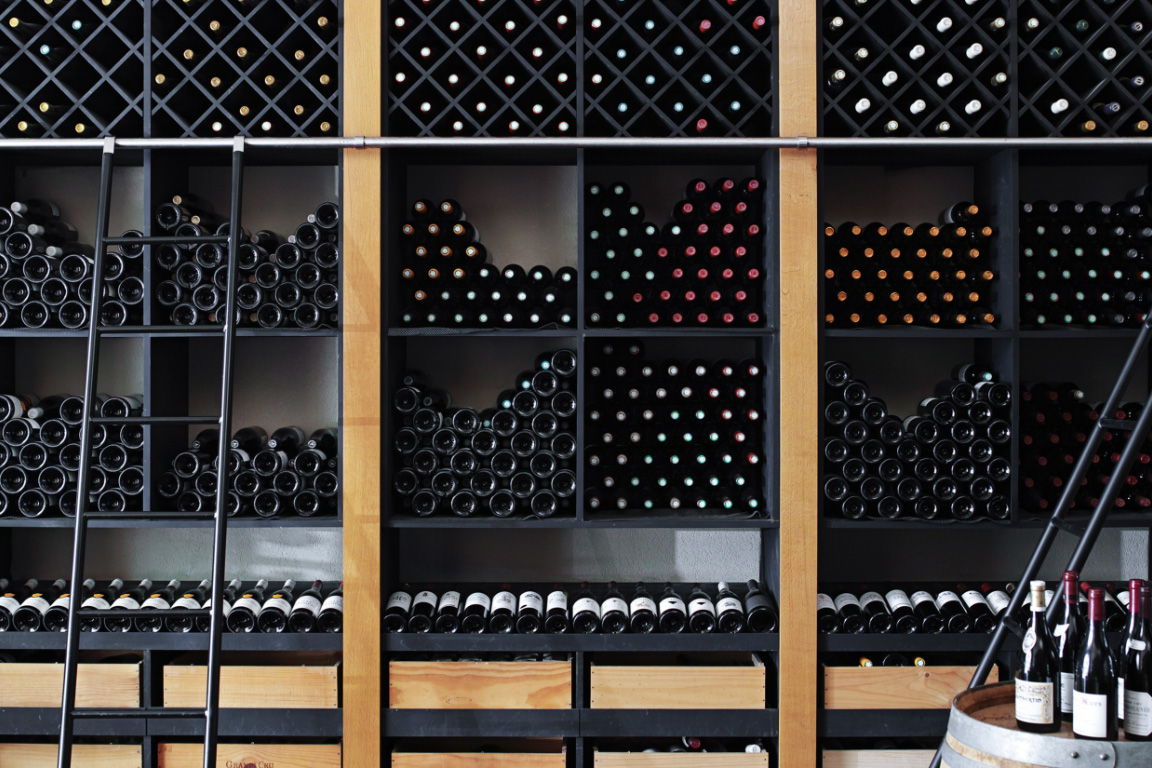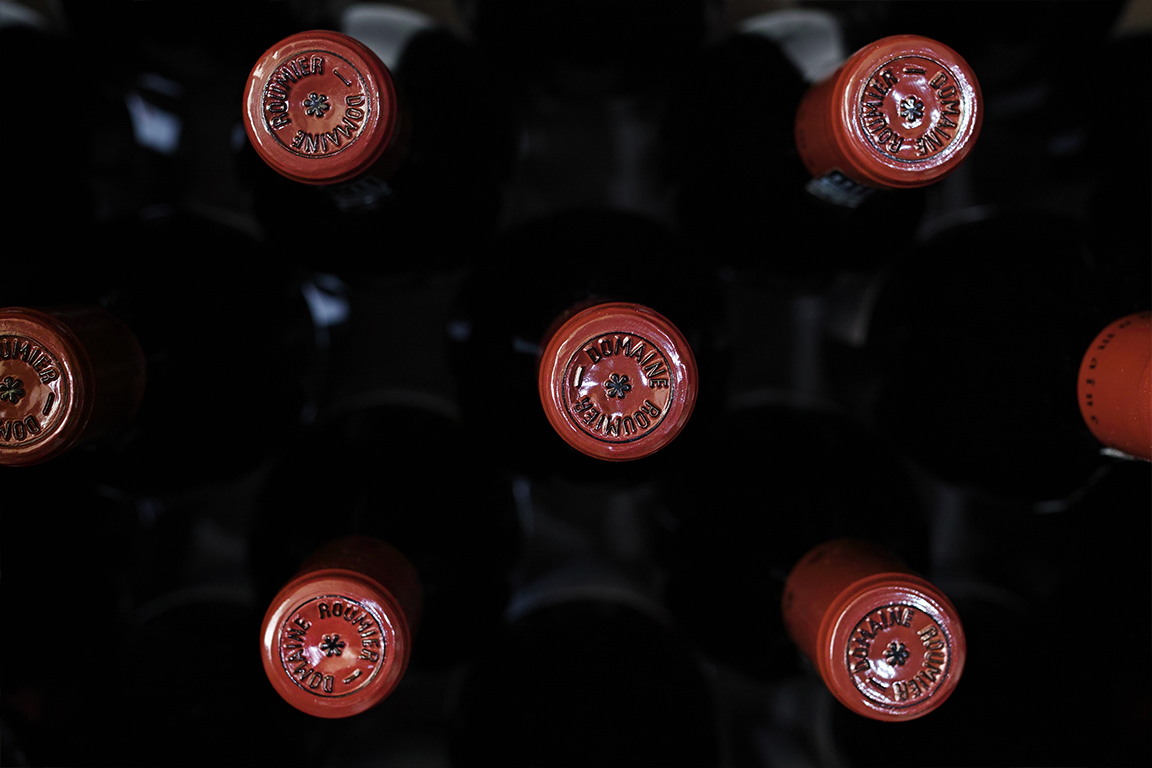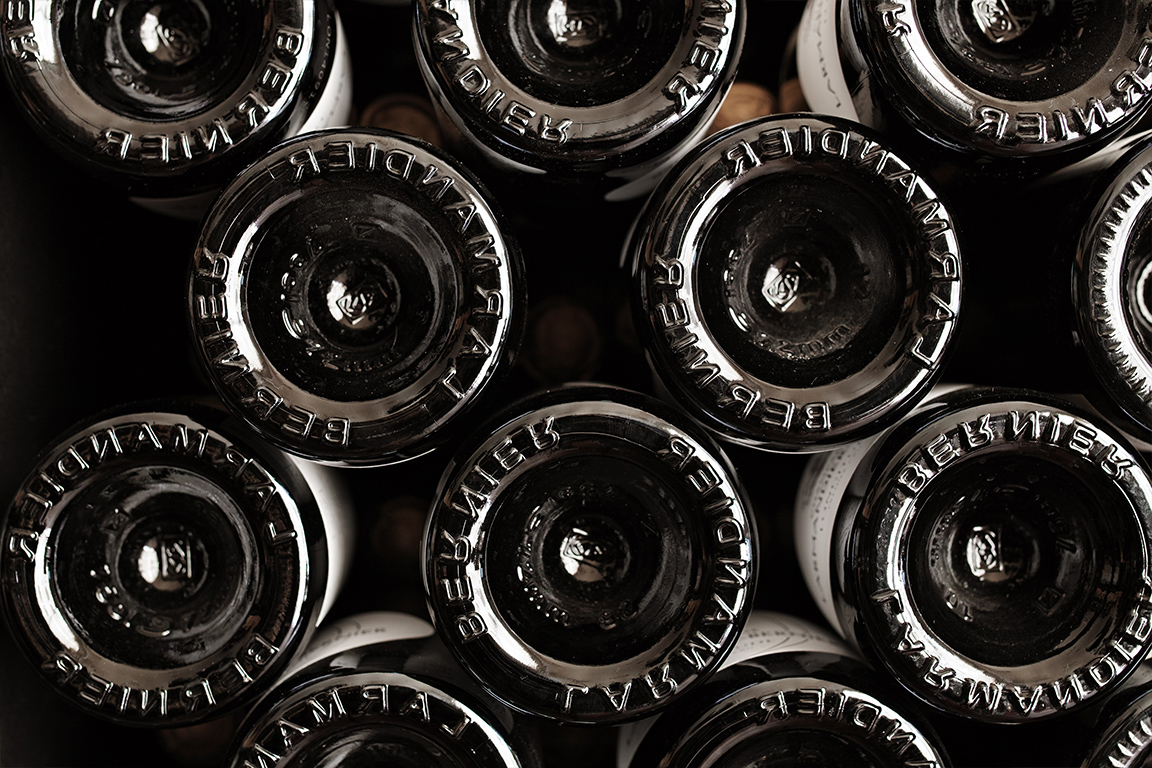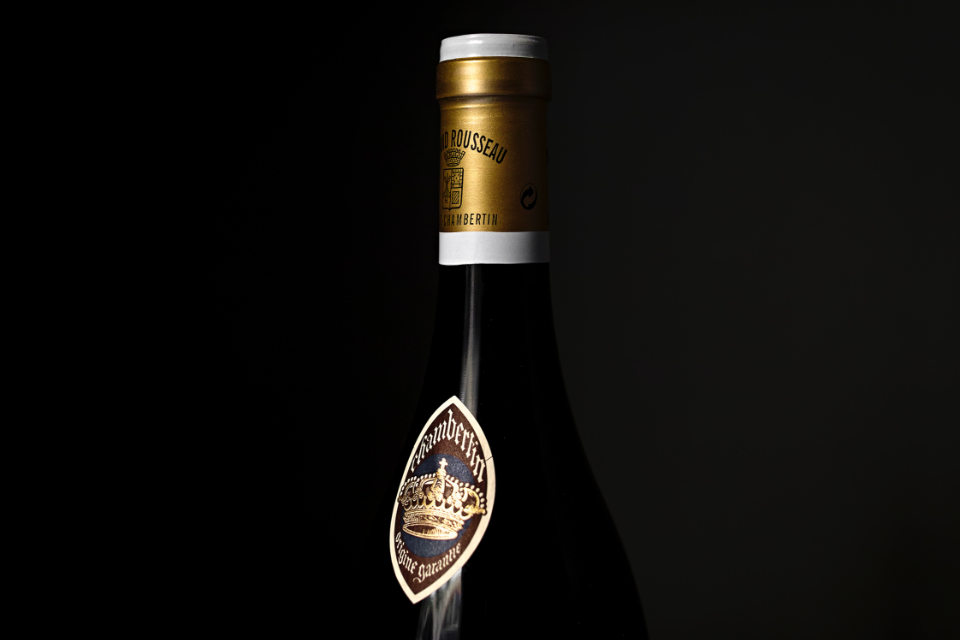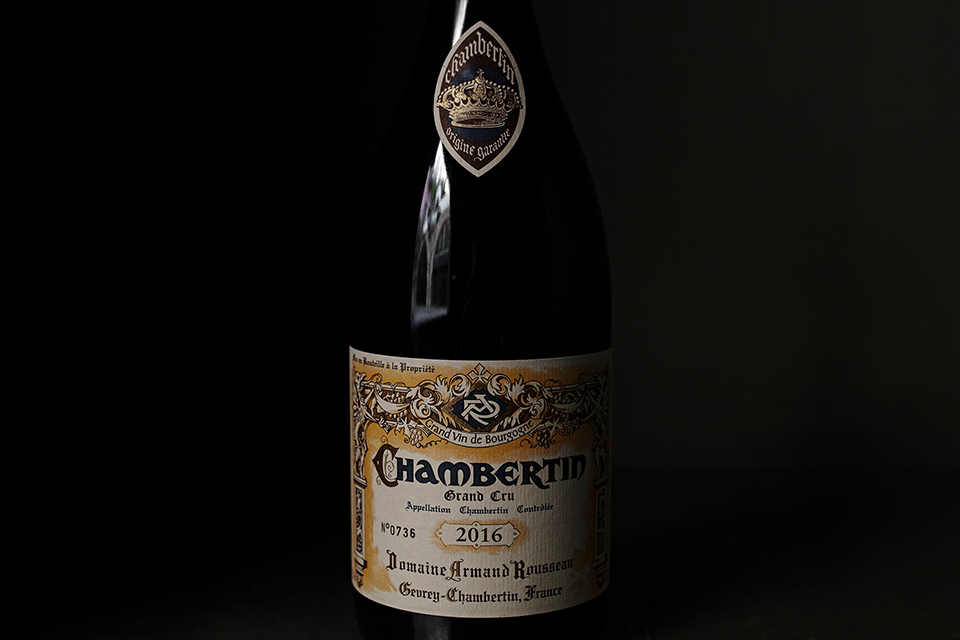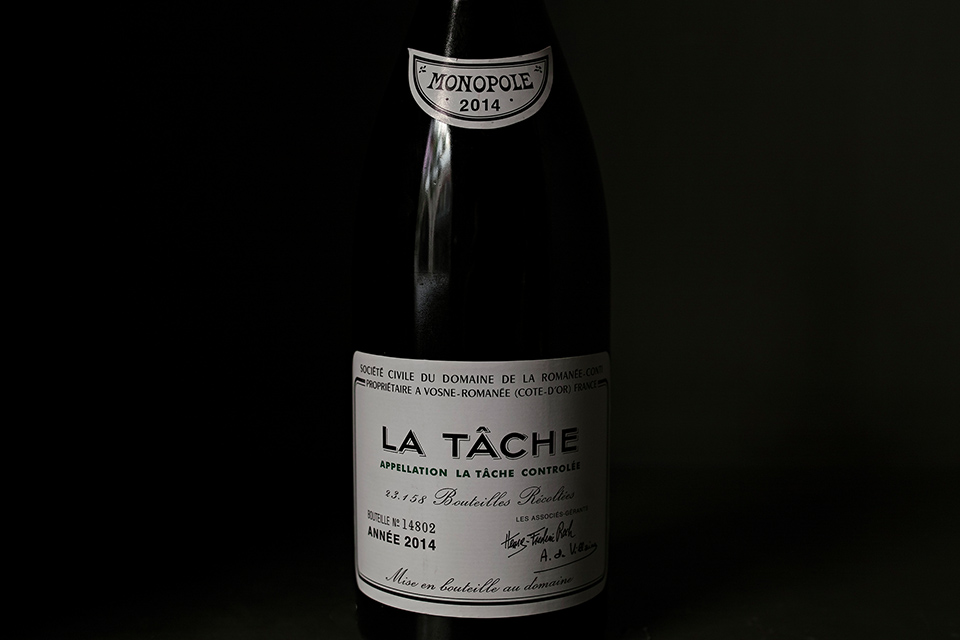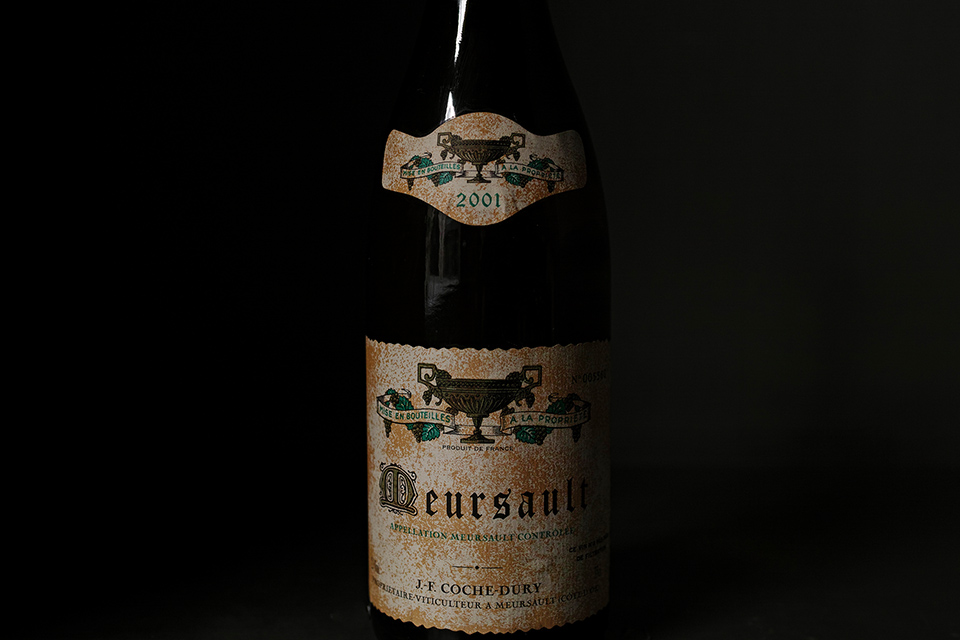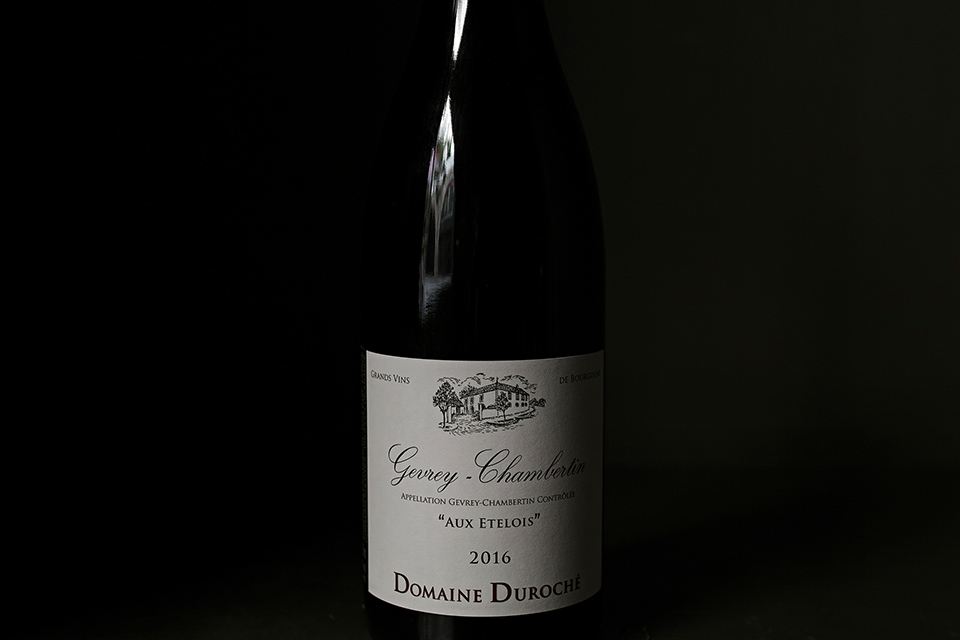
Burgundy is not just one unique and great vineyard, but it is in fact the name of a region in France that includes several vineyards: Chablis, Côte d’Or (made up of Côte de Beaune and Côte de Nuits), Côte Chalonnaise, Mâconnais and Beaujolais that is academically related to Burgundy but differs from it in terms of its size, style, soil and variety of grapes.
Despite producing a wealth of well-known wines that stretch back in time, surprisingly Burgundy wines yield an impression of simplicity and hardiness. All but a few of the vast vineyards of Burgundy, which once belonged to the Church, were divided in the Napoleonic era, resulting in a mosaic of small parcels of land. In fact, though the average property today may be larger than previous times, the actual parcels of land hardly exceed six hectares.
Clearly, this explains the scarcity of some wines, particularly the great wines of Côte de Nuit and Côte de Beaune. In Burgundy itself, there are a total of nearly 100 appellations contrôlées (controlled appellations).
Based on the said geographic designations (appellations), one finds a quality classification that is a work of art in itself. Moreover, the Burgundy climates are now on the World Heritage list set by UNESCO.

Since that famous Christmas Eve 496, Champagne wines’ history is intertwined with the one of France. This elixir, symbol of excellence, success and pleasure has been present for sixteen centuries at each moment of joy.
The wine-producing Champagne currently covers close to 34,000 hectares, essentially around Reims and Epernay. Currently there are some 15,000 growers, 150 cooperatives and more than 300 Champagne Houses.
Growers and Champagne Houses complement each other. Ordinary wine-lovers and connoisseurs assert themselves with the major houses that produce beautifully crafted Champagnes and above all prestige cuvées of impeccable quality. However, the experienced connoisseurs and amateurs prefer the real winemakers’ Champagnes.

The third major wine-producing region in France stretching from the Central area to the Atlantic coast, the Loire Valley offers an impressive range of terroirs, soils and climates, which results in a broad variety of wines.
The wines of the Loire Valley stand out through the specificity of their grape variety.

The Rhône Valley stretches from the south of Lyon to Avignon. Academically, it is divided into the Northern Rhône Valley and the Southern Rhône Valley.
In the north of the Rhône Valley, the Syrah expresses itself majestically (Côte-Rôtie, Saint-Joseph, Hermitage, etc.) and the Viognier has found its soil of predilection (Condrieu).
In the south, the vineyard contains a wide variety of grapes (Syrah, Mourvèdre, Grenache, Viognier, Marsanne, Cinsault), producing very heterogeneous wines (Châteauneuf-du-Pape, Lirac, Vaqueyras, Gigondas, Côtes-du-Rhône Villages, etc.).
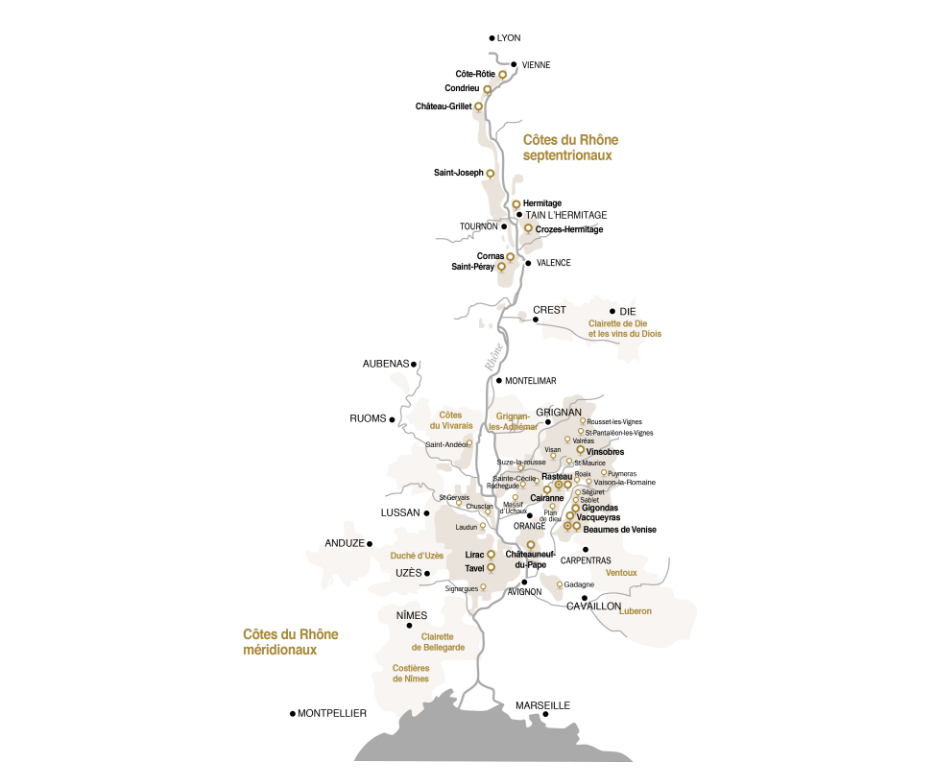
Land of contrasts, diversity of terroirs and cultures, Alsace is the perfect region to produce great white wines.
The Riesling, Gewurztraminer, Pinot Blanc, Pinot Gris, Sylvaner, etc. give their full expression in this vineyard with a semi-continental climate located between the Vosges and the Black Forest.
